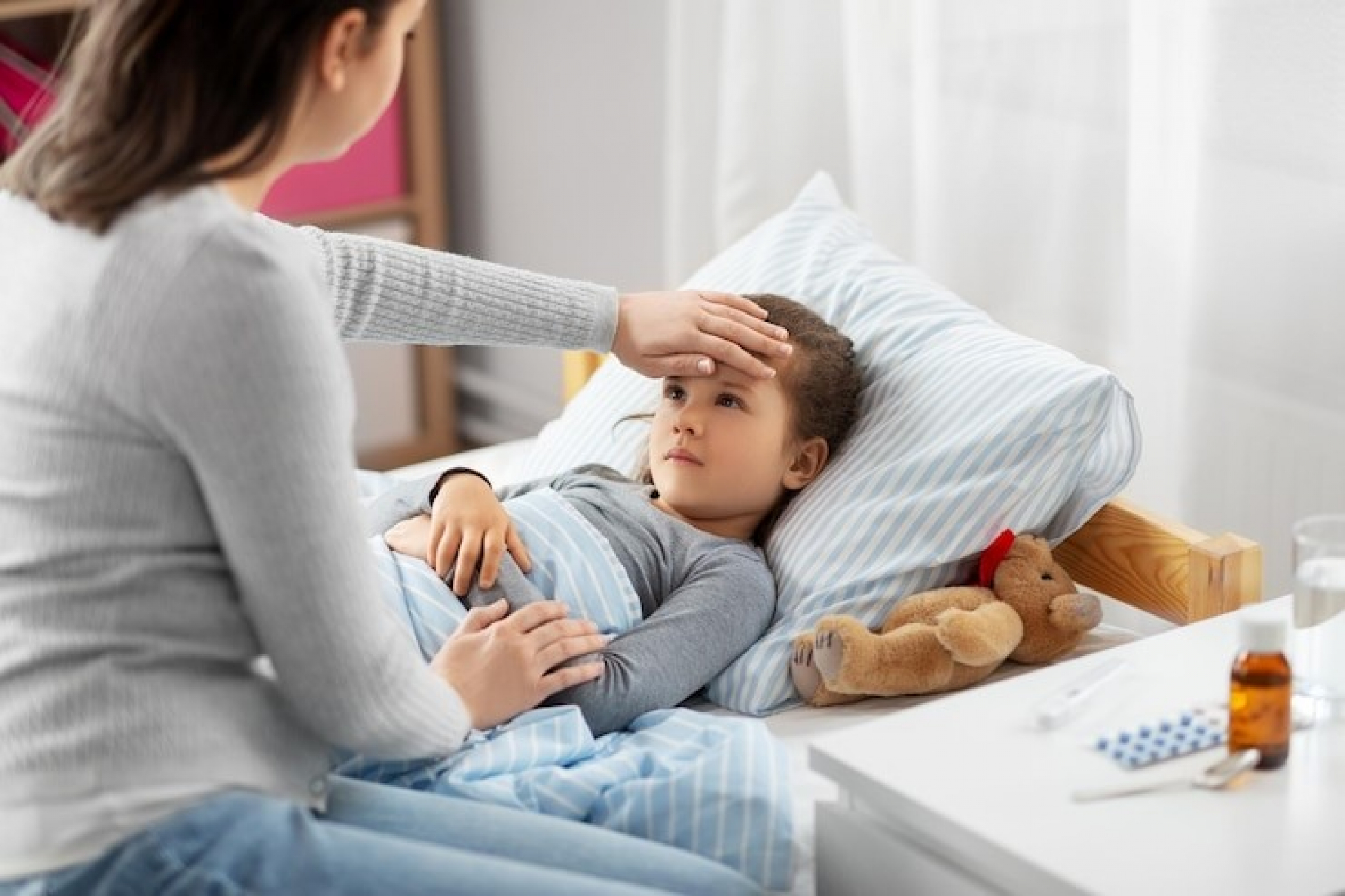When a family member develops a fever, it can be concerning. You may find yourself asking: “Is this something serious?” or “Should we see a doctor now?” Fortunately, most fevers can be managed safely at home with basic knowledge, the right tools, and a calm, proactive approach.
Whether you are caring for a child, partner, or aging parent, this quick guide outlines everything you need to know about fever care at home, from temperature checks to when to seek medical help.
What Is a Fever and Why Does It Happen?
Fever is your body’s natural defense mechanism, a sign that the immune system is fighting off infection. A normal body temperature typically ranges between 97°F and 99°F (36.1°C–37.2°C). Fever is generally defined as 100.4°F (38°C) or higher.
Common Causes of Fever:
- Viral infections (e.g., flu, COVID-19, RSV)
- Bacterial infections (e.g., strep throat, UTIs, pneumonia)
- Heat exhaustion or dehydration
- Autoimmune conditions or medication side effects
As per the Mayo Clinic (2023), understanding the underlying cause of the fever is crucial to guide treatment. If symptoms persist, a test for infection through home collection can be a convenient option.
How to Take an Accurate Temperature at Home
A reliable reading is the first step in fever diagnosis. Inaccurate readings can lead to confusion or unnecessary worry.
Temperature-Taking Best Practices:
- Use a digital thermometer (oral for adults, rectal for infants)
- Wait 15 minutes after eating or drinking hot/cold beverages
- Take the temperature at rest, ideally seated or lying down
- Record readings every 4–6 hours for monitoring
According to the CDC (2023), digital thermometers provide the most accurate home results. Fever diagnosis kits and smart thermometers are also available for fast tracking.
Fever Management at Home: Key Supportive Measures
If the fever is mild to moderate and your loved one is otherwise stable, home care is usually sufficient.
Encourage Rest and Hydration:
- Offer water, herbal teas, or electrolyte drinks
- Avoid sugary sodas or caffeinated beverages
- Create a calm environment that promotes rest
Relieve Discomfort:
- Use acetaminophen or ibuprofen (as recommended by age)
- Apply a cool compress to the forehead or neck
- Keep the room well-ventilated and temperature controlled
- Dress the person in light, breathable clothing
Can You Use Home Sample Collection for Fever Diagnosis?
Yes. Thanks to digital healthcare advancements, at-home testing is easier than ever. You can either order:
- Home collection services (a medical professional collects sample from your home), or
- Self-use kits for flu, COVID-19, or strep that are mailed to labs for testing
This is especially useful for:
- Families with small children or elderly members
- Reducing exposure in clinics or waiting rooms
- Faster diagnosis and peace of mind during recovery
When Does a Fever Require Medical Attention?
While most fevers resolve without complications, certain signs indicate a more serious issue. Recognizing these warning signs is key.
Seek Medical Help If:
- Baby under 3 months has a fever over 100.4°F (38°C)
- Anyone has a fever above 103°F (39.4°C) lasting more than 48 hours
- Symptoms include confusion, seizures, stiff neck, rash, or chest pain
- The person cannot stay awake, eat, or drink
- Persistent vomiting or diarrhea develops
Taking a fever test when you’re unwell is a simple but important step to monitor your health and know when to seek care.
How to Protect the Rest of the Family from Contagion
Fevers, especially those caused by viral infections, are often contagious. Use these hygiene practices to prevent illness from spreading:
- Wash hands frequently with soap
- Disinfect high-touch areas (e.g., doorknobs, light switches)
- Use separate cups, utensils, and towels
- Wear masks in close quarters if the fever may be viral
This is especially important when caring for vulnerable members, such as babies, elderly relatives, or anyone immunocompromised.
Should You Track Symptoms at Home?
Absolutely. A symptom tracker helps monitor progress and spot worsening conditions early. Use a simple notebook or an app to log:
- Temperature readings (time and degree)
- Medications and dosages
- Fluids consumed
- Symptoms (e.g., coughing, rashes, nausea)
- Changes in energy, appetite, or sleep
These notes can guide decisions and provide useful context during doctor visits.
How long is a fever contagious?
Most viral fevers are contagious 1–2 days before symptoms appear and continue until the fever resolves.
Family-Centered Fever Care Made Simple
Caring for a loved one with a fever can feel overwhelming, but it does not have to be. With smart planning, attentive care, and access to home testing tools, you can manage most fevers confidently from the comfort of your home.
Remember:
- Stay calm and consistent
- Track symptoms and temperature trends
- Know the signs that fever needs medical attention
- Explore sample collection for families to get tested without unnecessary trips


